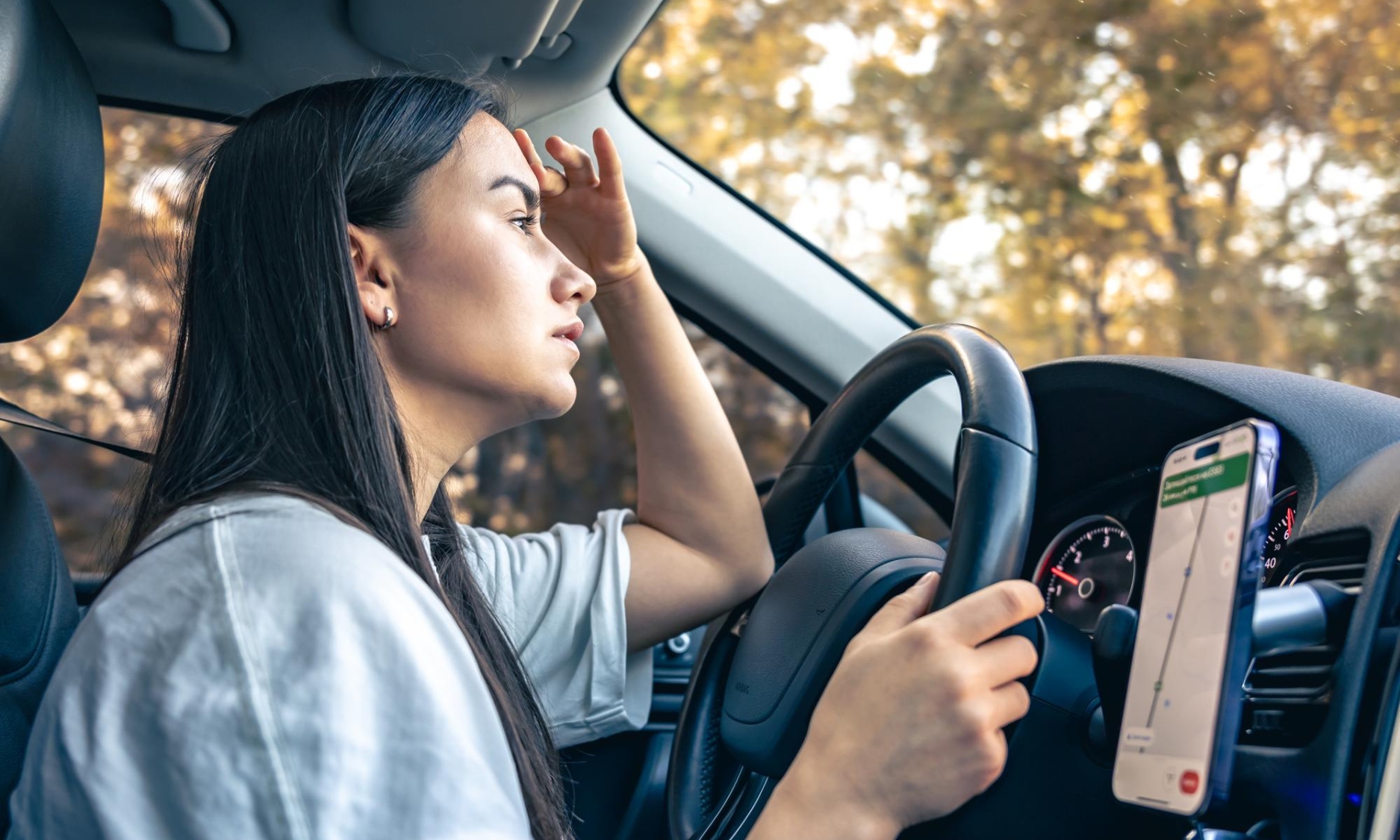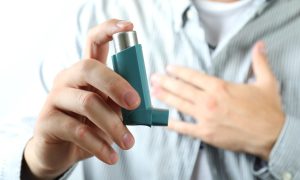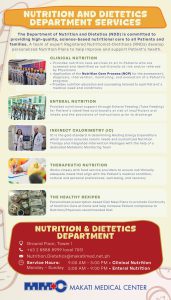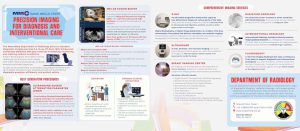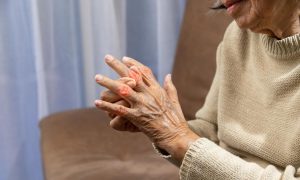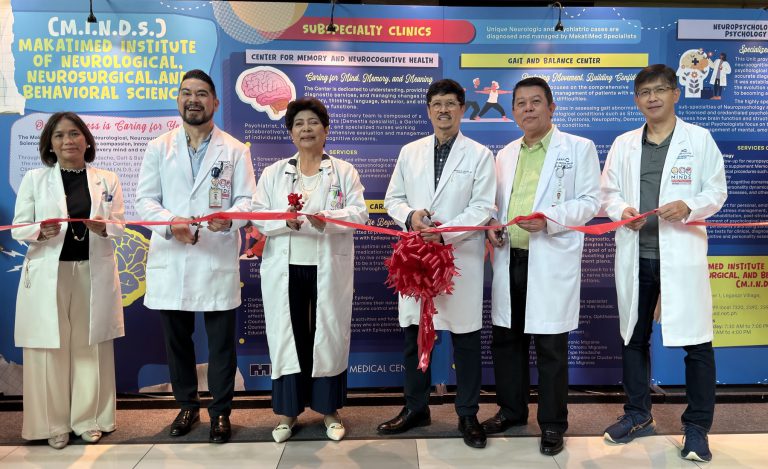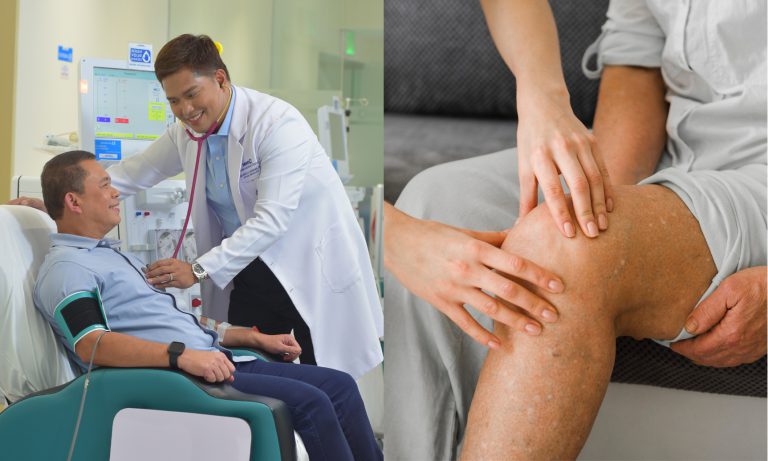Despite government’s efforts to reduce the incidence of road accidents by imposing speed limits and other safety protocols, the rate of road accidents and deaths in the Philippines has been steadily climbing.
Per a report from the Department of Health (DOH), road-related mishaps rose from 7,938 in 2011 to 11,096 in 2021. Latest findings from the 2025 Philippine Road Safety Summit in March show that 12,241 road-related fatalities were recorded in 2022 by the Philippine Statistics Authority. Road traffic deaths, said the DOH, are the leading cause of death among male individuals age 5 to 29.
Having seen and treated his fair share of vehicular injuries, Mark Austine F. Gawaran, MD, an Emergency Medicine Specialist at Makati Medical Center (MakatiMed), says that in a high-density population urban area like Metro Manila, road accidents often lead to soft-tissue injuries like bruises, cuts and lacerations, and concussions. “These are the minor ones,” he says. “Out of 10 road-related injuries, 6 to 7 are these types.”
Driving while sleepy or drunk, mechanical failure, and a disregard for road safety rules have resulted in more serious conditions too, like whiplash, fractures, injuries to the head, neck, and spine, and internal bleeding.
Mishaps involving two-wheeled vehicles have likewise been on the rise. “After the pandemic, a lot of Filipinos shifted to bicycles, scooters, and motorcycles. But the traffic situation in the metro and our roads are not conducive for two-wheel vehicles,” notes Dr. Gawaran. A lack of protection can exacerbate an injury. Riders have been seen zipping through busy roads in slippers, shorts, short-sleeved shirts, and soft helmets with little padding.
Keeping our roads safe is not just the job of the person driving the vehicle. Everyone has a part in ensuring we get to our destinations safely and in one piece. “I always want to emphasize that prevention is better than cure,” the doctor says.
Still, if you should find yourself in the middle of an accident, quick thinking can get you and your companion the help you need fast and before any conditions worsen. Here are a few tips from MakatiMed as well as from the Land Transportation Office (LTO).
IF YOU ARE THE DRIVER
As the person behind the wheel, you are responsible for the lives of those in the passenger seat of your vehicle. As such, protect their safety and yours even before you leave for your destination.
- Prepare yourself. Do not drive if you are intoxicated, sleepy, sick, tired, or upset.
- Prepare your vehicle. “Have it checked and serviced regularly to ensure it’s safe and functional,” reminds Dr. Gawaran. In the Philippines, drivers remember BLOWBAGETS, an acronym that reminds them to inspect the Battery, Lights, Oil, Water, Brakes, Air, Gas, Engine, Tires, and Self.
- Invest in protective gear and devices. Remind everyone to strap on their seatbelts. Children aged 12 and below with a height of 4’11 or lower must be on a child seat or booster seat as mandated by Republic Act No. 11229 (The Child Safety Motor Vehicles Act). “For our cyclists and motorcyclists, please wear a helmet, gloves, padded jackets, long pants, and sturdy shoes,” says Dr. Gawaran. “I know some riders who say that good helmets are expensive. Hospital bills are way more expensive.”
- Plan your trip carefully. Study your route and look for alternative ways to get to your destination. Non-stop rains mean slippery roads and floods. Consider rescheduling your road trip in better weather.
- Avoid distractions. Keep your eyes on the road. Do not text, call, or check your email and social media when you are behind the wheel. If something falls to the floor of your vehicle, do not attempt to pick it up—or if you must, pull over to the side.
- Follow traffic rules. Stick to the speed limit. Slow down at an intersection and do not block it so cars coming from the other sides can cross. Do not counterflow or enter a one-way street just because it is closer to your destination. Resist the urge to run a red light even if it’s late at night and no one else is on the road.
- Drive defensively. Observe road courtesy. Give way to pedestrians and other vehicles. Keep your cool during traffic jams or when other drivers are losing their patience.
IF YOU ARE THE PASSENGER
Your actions can contribute to your safe travels too.
- Always keep your seatbelt on. Even if you are behind the driver or rows back, a seatbelt can prevent you from being thrown forward in the event of a crash; it also reduces the impact of a crash on your body.
- Do not distract your driver. Avoid moving too much or trying to get your driver’s attention by showing him stuff on your phone or pointing out to things that take his eyes off the road.
- Be your driver’s extra eyes. Offer to look out for your destination, a parking space, or certain landmarks
- Keep your driver awake. The long hours and stretches of highway can make your driver sleepy. Unwrap a candy for him to suck or chew on, give him water to sip, or have him make a pit stop at a gasoline station so he can wash his face. If you can drive and have your license on you, offer to drive while he takes a short nap.
- Assist them. While their eyes are on the road, offer to help get directions, program a navigation app on a gadget, change the music on the stereo, or answer their phone if someone texts or calls
- Do not be a backseat driver. Commenting on his driving or navigating skills can make a driver lose his focus (not to mention his cool). But if his driving compromises your safety, speak up!
IF YOU FIGURE IN AN ACCIDENT
Stay calm, then do what you are able to do depending on your current situation.
- Check yourself. “Make sure you are okay before you can help somebody else,” says Dr. Gawaran. Are you in pain? Bleeding? Can you move, stand, walk?
- Check on your companions. “The first thing we do is ask, ‘How are you?’ If the person is able to verbalize how they are feeling, that means their airway or breathing is okay,” says Dr. Gawaran.
- Call for help. In the Philippines, 911 is the national hotline for emergencies. You can also call MakatiMed’s Emergency Department at 02-8888-8910.
- Assess your case. Look around you. If you are in the driver’s seat, turn on the hazard lights to indicate to motorists that an emergency situation is upon them. If the damages and injuries are not substantial and you can drive, move the car to the side of the road so as not to obstruct traffic.
- Perform first aid. Should you attempt to do something about your or someone’s injuries while waiting for an ambulance to arrive? “If you are able to do so and you are trained, you can administer basic First Aid,” says the doctor. “Prioritize life-threatening injuries.”
Article based on the Radyo Bandido guesting of Mark Austine F. Gawaran, MD last November 25, 2024.
Follow our social media pages for more health-related content and for the latest updates: https://www.makatimed.net.ph/social-media-pages/

